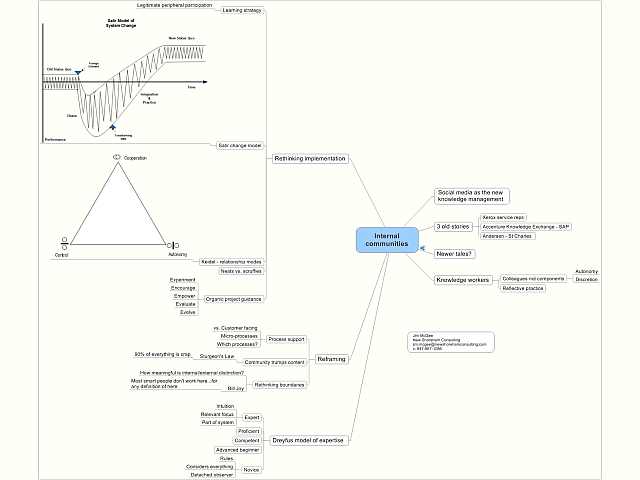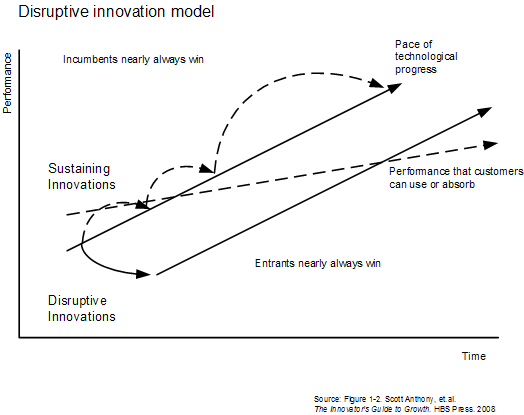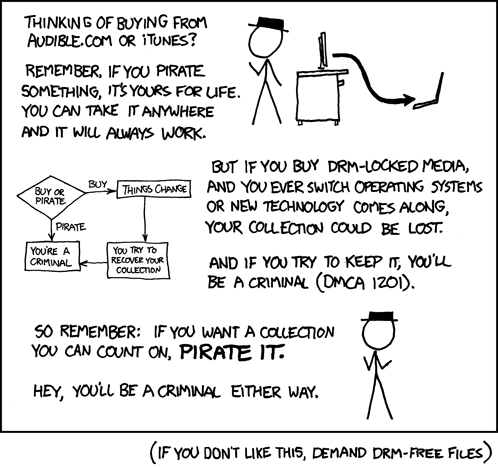As part of my talk yesterday at the Social Media Strategies conference, I made passing reference to a number of stories, blog posts, bloggers, thinkers, and writers. It’s an occupational hazard of being a former professor.
I’ve written about different elements of yesterday’s talk over the course of various blog posts over time. Here are links to some of the most directly relevant together with links to other items I referenced:
- Dueling philosophies: social media vs. knowledge management
- Best Practices: Eureka! Xerox discovers way to grow community knowledge. . And customer satisfaction
- Knowledge management at Andersen Consulting (Harvard Business School case study)
- Knowledge work and micro-processes
- Knowledge management: the newest battle between the neats and the scruffies
- Useful models of systems change
Finally, I drew on a number of smarter people than I on the topics of expertise and organizational change. Here are some good entry points for further reading.

Keidel is an organizational theorist/designer who builds a very practical way of thinking and talking about organizations around the simple observation that all interactions in organizations can be understood in terms of the blend of control, cooperative, and autonomous ways of relating that organizational members can engage in. For the sports-minded, Keidel maps these three basic relating choices to the sports of American football, basketball, and baseball. He builds a nice case that organizational design choices can all be understood in terms of how these three fundamental relationship choices are mixed and blended.

Jean Lave is an ethnographer working as part of Xerox’s Palo Alto Research Center. In this volume, Lave explores learning as primarily a social phenomenon and builds a very practical theory of how apprenticeship forms of skill acquisition and learning work in the real world.

I’ve become a general fan of Andy Hunt’s pragmatic programming series of books. They are useful well beyond the narrow area of software development. In this new book, Hunt offers a useful introduction to the Dreyfus model of expertise and how it applies in the general context of knowledge work.

The first of a four-volume exploration of the particular and peculiar challenges of managing the development and implementation of software. The first volume introduces fundamental notions of how to model and think about complex systems and how they respond to change. Weinberg adapts Virginia Satir’s family therapy theories to the environment of complex organizational environments.

While all four volumes of Weinberg’s work are valuable, this volume on what Weinberg describes as “Congruent Action” is the most useful for understanding organizational change in concert with Volume 1.






